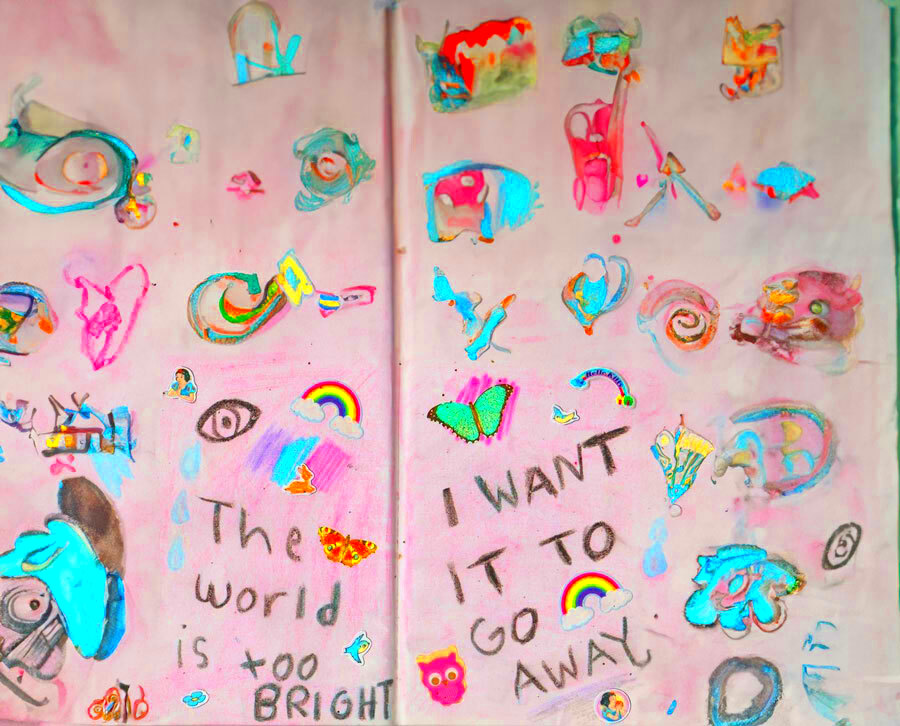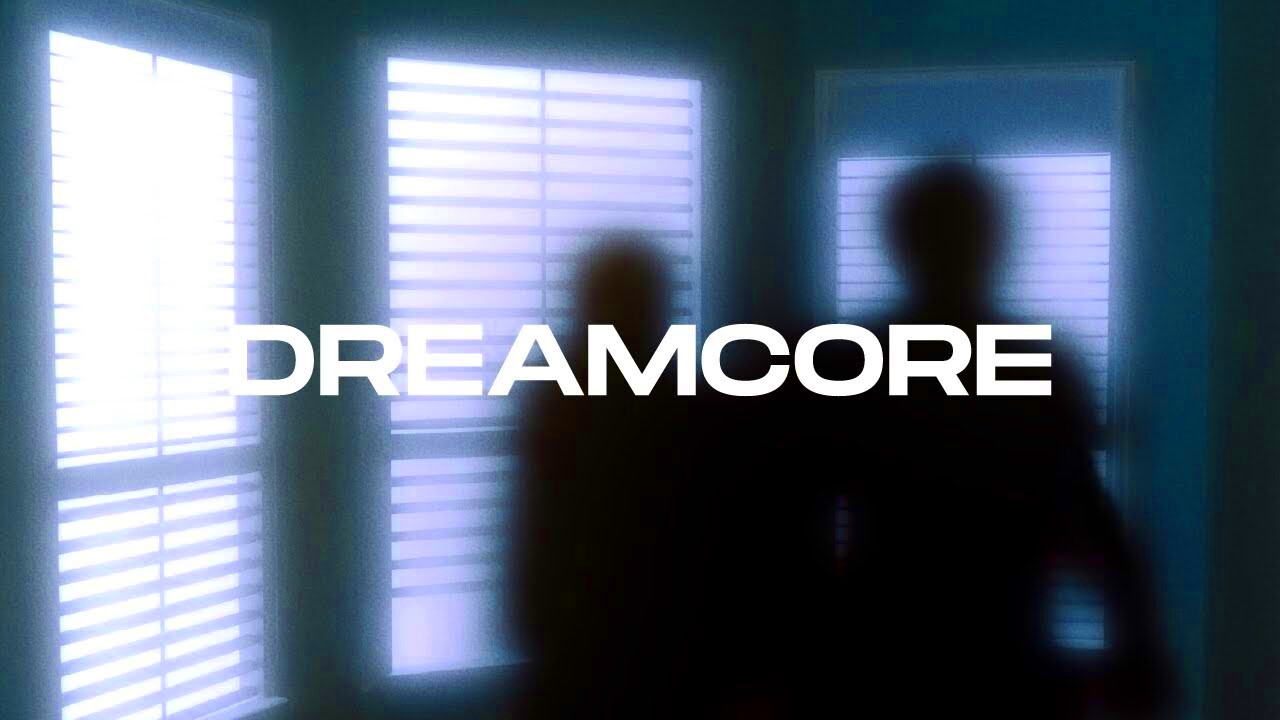Colors and textures play a vital role in creating Dreamcore images. They help set the mood and convey emotions, making your artwork more engaging. Using the right color palette and textures can transform an ordinary image into something truly dreamlike and captivating.
Here are some tips to effectively incorporate colors and textures:
- Choose a Color Palette: Select colors that evoke the feelings you want to express. Soft pastels can create a gentle, dreamy vibe, while bold colors can add excitement.
- Use Gradient Layers: Gradients can create a sense of depth and dimension. Experiment with blending colors smoothly to achieve a fluid look.
- Experiment with Textures: Layer different textures to add visual interest. You can use textures like paper, fabric, or even nature-inspired patterns.
- Balance Color and Texture: Ensure that your colors and textures work together harmoniously. Too much of either can overwhelm your image, so aim for a balanced composition.
- Consider the Mood: Think about the emotions you want to evoke. Warmer tones can create a sense of comfort, while cooler tones might feel more surreal.
By thoughtfully incorporating colors and textures, you can elevate your Dreamcore images, making them resonate more with viewers and draw them into your unique world of imagination.
Using Filters and Effects to Enhance Your Work

Filters and effects are essential tools in Dreamcore art, helping you create that surreal, otherworldly feel. By experimenting with various filters and effects, you can add layers of depth and intrigue to your images, transforming them into captivating visuals.
Here’s how to effectively use filters and effects:
- Explore Various Filters: Most graphic design software comes with a range of filters. Try out blur, noise, and distortion filters to see what fits your image best.
- Layer Effects: Don't be afraid to stack effects. For example, applying a grainy texture over a soft blur can add a unique touch to your artwork.
- Play with Opacity: Adjusting the opacity of layers can create softer transitions and blend elements more seamlessly.
- Utilize Color Filters: Color filters can change the mood of your image dramatically. A blue tint can evoke feelings of calm, while a red tint might create a sense of urgency.
- Test Before Finalizing: Always experiment with different effects before deciding on the final look. Sometimes, a subtle change can make a big difference.
Using filters and effects allows you to push the boundaries of your creativity. With practice, you'll discover how to enhance your Dreamcore images and achieve the dreamy aesthetics that define this unique style.
Also Read This: How to Annotate an Image for Clear Explanations and Notes
Common Mistakes to Avoid in Dreamcore Art
Creating Dreamcore images can be a fun journey, but it’s easy to fall into certain traps. Recognizing common mistakes can save you time and help you produce more compelling artwork. Here are some pitfalls to watch out for:
- Overcomplicating Designs: While layering is important, too many elements can clutter your image. Aim for a balance where every element has a purpose.
- Ignoring Composition: Composition matters! Make sure your focal point stands out and guides the viewer's eye through the image.
- Neglecting Color Harmony: Be mindful of color choices. Colors that clash can create confusion rather than evoke emotion.
- Rushing the Process: Take your time! Dreamcore art often requires patience to refine details and achieve the desired effect.
- Forgetting to Save Versions: As you work, save different versions of your image. This allows you to revert back to earlier stages if needed.
By avoiding these common mistakes, you can focus on what
Also Read This: An Easy Guide to Making AI Art for Free
Showcasing Your Dreamcore Images Online
Once you've created your Dreamcore images, it’s time to share them with the world! Showcasing your work online can help you connect with like-minded artists and enthusiasts. There are several platforms and strategies you can use to effectively display your artwork and gain exposure.
Here are some tips for showcasing your Dreamcore images:
- Social Media Platforms: Use platforms like Instagram, Pinterest, and Tumblr to share your images. These platforms are visually driven, making them perfect for art.
- Create a Portfolio: Consider building a personal website or using portfolio sites like Behance or ArtStation to present your work professionally.
- Join Online Communities: Participate in art forums and groups on Facebook or Discord. Engaging with others can help you receive feedback and make connections.
- Use Hashtags Wisely: When posting on social media, use relevant hashtags like #DreamcoreArt or #SurrealArt to reach a broader audience.
- Host Virtual Exhibitions: Organize a virtual exhibition on platforms like Zoom or gather a group of artists for a collaborative showcase.
Don’t forget to engage with your audience by responding to comments and sharing your creative process. Building a community around your work not only enhances your visibility but also enriches your artistic journey!
Also Read This: How to Get Hired as a Getty Images Editorial Photographer
FAQ About Creating Dreamcore Images
Creating Dreamcore images can bring up several questions, especially for beginners. Here are some frequently asked questions that can help guide your creative process:
- What is Dreamcore? Dreamcore is a visual style that combines nostalgic elements with surreal and often unsettling imagery, creating a dreamlike experience.
- Do I need professional software? While professional tools like Adobe Photoshop are great, you can start with free alternatives like GIMP or Canva.
- How can I find inspiration? Explore platforms like Pinterest or Instagram, and don’t hesitate to look back at childhood memories or dreams for inspiration.
- Can I use other artists’ images? Always respect copyright laws. Use royalty-free images or create your own bases for your artwork.
- What if I’m not satisfied with my work? It’s normal to feel that way! Take breaks, seek feedback, and remember that practice leads to improvement.
By addressing these common questions, you can alleviate some of the uncertainty around creating Dreamcore art and focus more on enjoying the creative process.
Conclusion on Dreamcore Image Creation
Creating Dreamcore images is an exciting journey that blends nostalgia with imagination. By understanding the aesthetic, mastering your tools, and avoiding common pitfalls, you can develop a unique style that resonates with others. Remember, art is a personal expression, and your voice matters.
As you continue to explore Dreamcore art, keep experimenting with colors, textures, and techniques. Don’t be afraid to make mistakes, as they are valuable learning experiences. Share your work online, engage with fellow artists, and seek inspiration from various sources. The more you practice, the more your style will evolve.
Embrace your creativity, and let your Dreamcore images tell your story. Whether you’re sharing them for fun or aiming for a wider audience, your artwork has the potential to connect with people in profound ways. So, dive in and let your imagination soar!

 admin
admin








